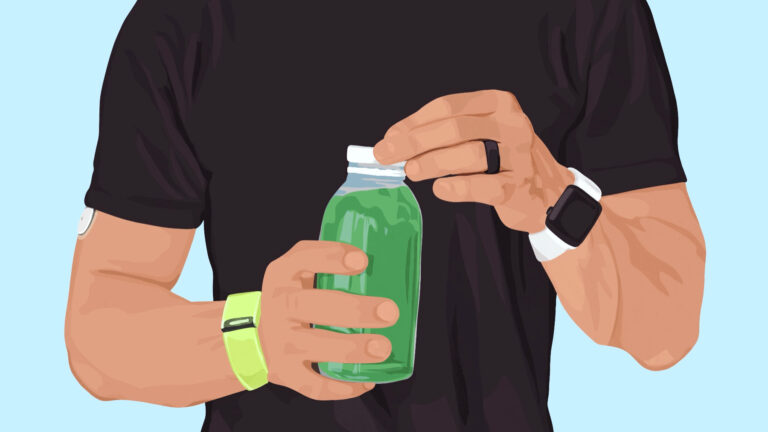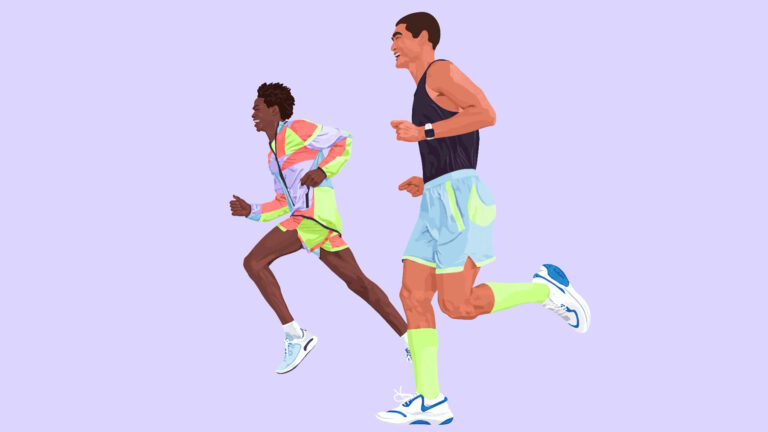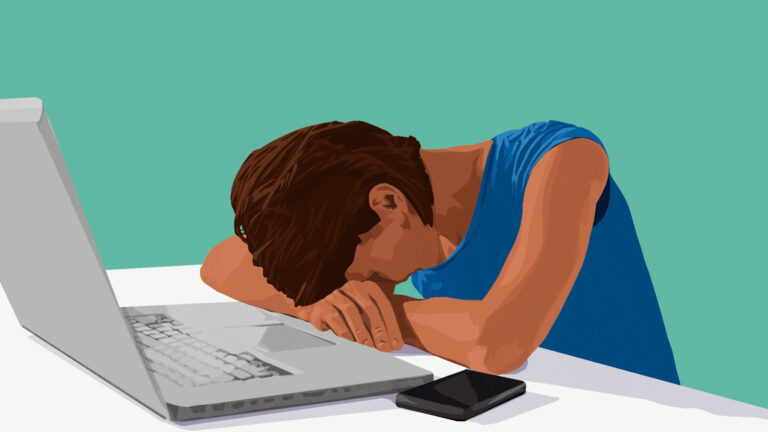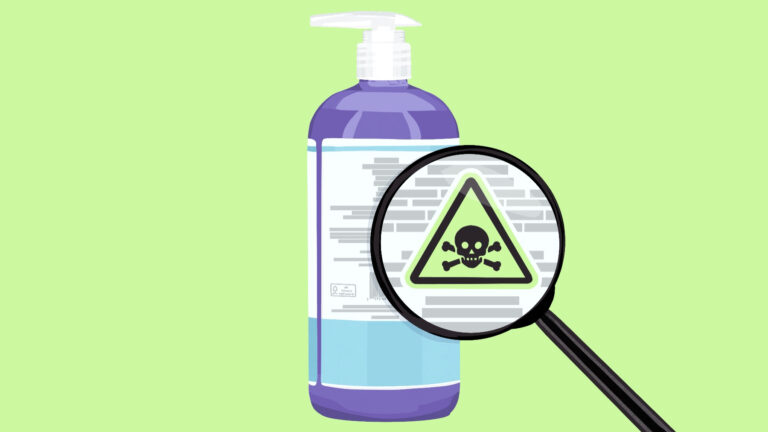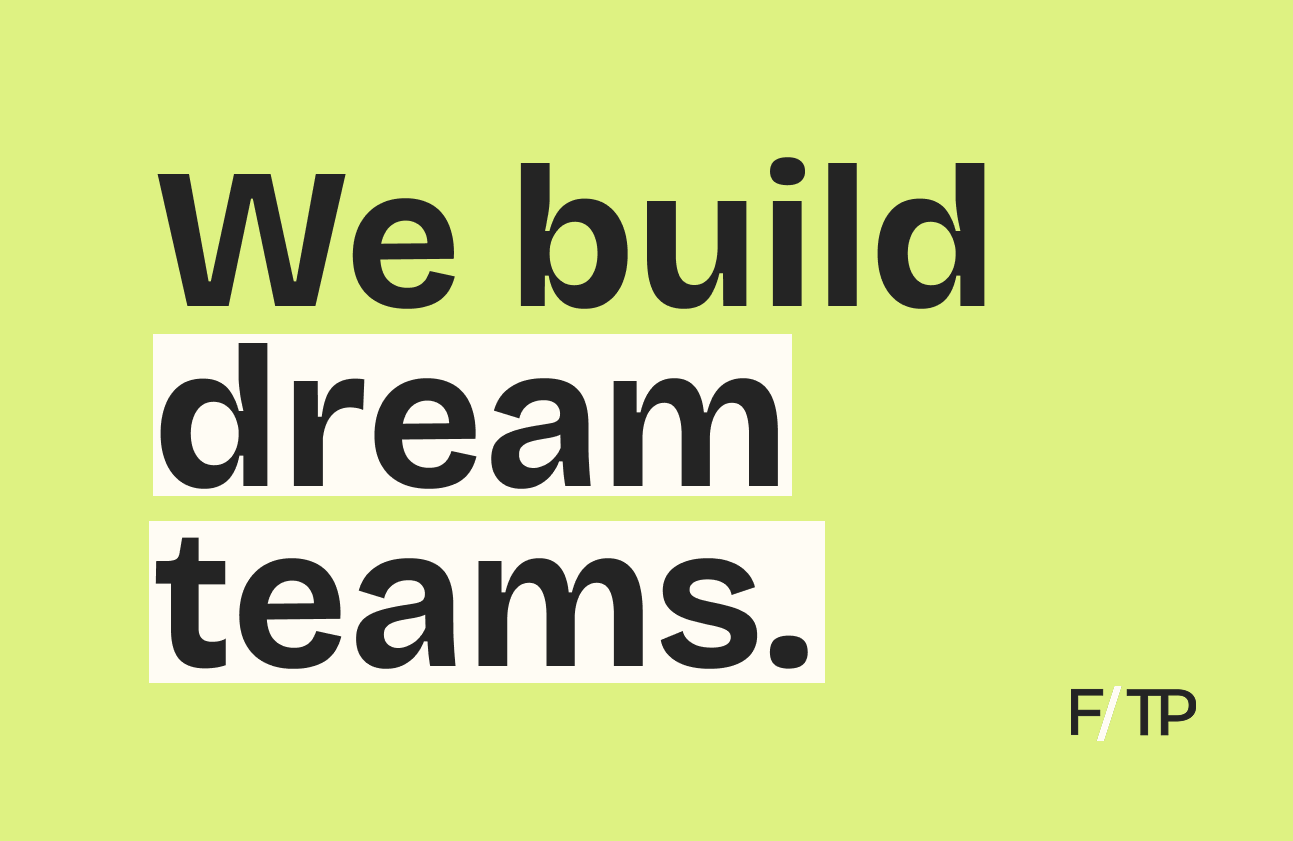As the pandemic persists, burnout has set in. With no end in sight, we’re woefully unprepared for what comes next.
What it is: According to the World Health Organization, burnout is an occupational phenomenon resulting from chronic workplace stress. Essentially, it’s what happens when you reach your limits mentally, emotionally, and physically. Of note, it’s not classified as a medical condition.
The term “burnout” was coined in the 1970s to describe the consequences of severe stress and high ideals in “helping” professions. While burnout continues to be widespread among medical professionals, which is especially true during COVID, the phrase is now applied more broadly.
The Burnout Generation
In recent years, millennials have become the poster children for burnout. The New York Times and Buzzfeed confirm as much.
An entire generation was raised to expect that good grades and extracurricular overachievement would reward them with fulfilling jobs that feed their passions. Instead, they wound up with precarious, meaningless work and a mountain of student loan debt. — Erin Griffith, NYT
Of course, burnout isn’t exclusive to millennials. And critics are quick to point that out. Writing for NBC News, psychoanalyst Josh Cohen asked: “…surely this isn’t the first generation to suffer from overwork and exhaustion, to have to adapt to new forms of technology and culture?”
The short answer to Cohen’s question: they’re not. Looking at the broader labor force, a 2019 Gallup survey found that 76% of employees experience burnout on the job at least sometimes. But universal burnout raises a new set of questions.
In a New York Times opinion piece entitled Is Burnout Real?, psychiatrist Dr. Richard Friedman expressed concern that we’re “medicalizing everyday distress”. In Friedman’s view, “If almost everyone suffers from burnout, then no one does.”
Burnout is Life
As it turns out, our collective suffering doesn’t make the affliction any less real. This fact has never been more apparent than during quarantine.
For the 40% of workers who can do their job remotely, the workday has increased by about 48.5 minutes. Workers are also sending emails earlier in the day or logging time later at night. True, early morning and late nights could be indicative of more flexible work schedules. But that doesn’t change the fact that people are struggling to keep up.
- Burnout costs between $125B and $190B in annual healthcare costs.
- Workplace stress accounts for 8% of national spending on healthcare.
- Burnout often leads to absenteeism, disengagement, and increased turnover.
According to a Monster poll, nearly 70% of remote workers are experiencing burnout, a 35% increase since May. Some 60% of respondents are taking less time off, and 42% said they’re less productive.
Still, remote work is a privilege. Just ask the frontline workers who continue to punch the clock or the millions of unemployed workers. And that’s to say nothing of the rising death toll, societal unrest, and a lingering uncertainty about, well… everything.
Beyond Burnout
Researchers and health officials have sounded the alarm — we’re teetering on the edge of widespread depression.
Exacerbating the existing mental health crisis, the stress, loss of life, isolation, and financial difficulties associated with COVID-19 puts a large proportion of the population at risk of developing depression.
- Over 40M Americans suffer from mental illness, including depression and anxiety.
- One in five people dealing with mental illness say their needs are going unmet.
- Left unchecked, the impending mental health crisis could cost the global economy $16T between 2010 and 2030.
Worse, the combined effects of a pandemic, unemployment, and social isolation could drive substance abuse rates higher than ever before. As a result, estimates say some 75,000 people could die “deaths of despair” from suicide or drug overdoses related to the coronavirus pandemic.
Searching for Answers
Returning to the topic of burnout, there’s no clear answer for how to cope. And the problem might be rooted in our understanding of the word itself.
As the definition states, burnout is specific to the workplace. In reality, though, burnout has become a blanket statement — we’re drained and can’t seem to recharge. There’s no consideration as to whether or not it’s work-related. As far as we’re concerned, it’s life-related.
This lack of nuance is revealing. We’re ill-equipped to define or deal with our emotions. At the most basic level, we need a new toolkit to help us identify, process, and address the toxic aspects of modern life. But that’s just the beginning.
As it stands, search results for “preventing burnout” return articles about taking a vacation, filling your days with joy, and napping. Elsewhere, wellness brands would have you believe that CBD-infused sparkling water, sound baths, and adaptogens are the answer.
Clearly, there’s a disconnect. Surface-level self-care isn’t the cure for societal burnout. Especially when we’re talking about an ER nurse, an employee at a meatpacking plant, or a school teacher debating a return to the classroom this fall.
Looking Ahead
So far, in an effort to combat the burnout crisis, we’ve seen a surge of activity around mindfulness and mental health. According to the data tracking firm Sensor Tower, first-time downloads of the top 20 mental wellness apps in the US hit 4M in April, that’s a 29% jump from January.
As COVID upended the global economy, mental health companies raised a record $576M in funding during Q1 — 60% more than any previous quarter, according to CB Insights. In Q2, that number reached $491M, as companies like Ginger raised capital to focus on providing mental health services through corporate benefit plans.
While it’s a step in the right direction, millions of funding flowing to mental health startups doesn’t address the issue at hand.
Takeaway
There’s no foolproof plan for combating burnout. From governmental policy and workplace practices to wellness upstarts and community-based initiatives, the solution looks more like an all of the above strategy than a one-size-fits-all approach.
In reality, this is an opportunity to redefine what it means to be healthy. Assume that, on the whole, we’ve reached our cognitive load. With that in mind, a logical next step would be to coalesce around kindness, compassion, and collective well-being as a means of easing the burden on one another.
From there, we can continue the important work of destigmatizing mental health, prioritizing sleep, promoting physical fitness, and encouraging sound nutrition.
But let’s not forget that health begins by ensuring our most basic needs are met. And as far as we know, there’s no app for that.
🏕 The Great Escape
After months of being shut in, the outdoors are proving to be the socially distant destination of choice.
Airplanes, hotels, and other public places continue to give people pause. Meanwhile, the apparent lower risk of transmission outdoors has people heading for the hills in record numbers.
- Cabin rental company Getaway experienced a 400% surge in March.
- Campsite booking Tentrr has grown 900% this quarter compared to last.
- RVshare, a rental site for recreational vehicles, saw bookings jump 1,000% since April.
- Airbnb hosts in rural areas of the US earned over $200M in June 2020 — a 25% increase from the previous year.
This trend is accelerating an already booming industry. In 2018, 78.8M US households camped at least once. And each year, consumers in the US spend about $887B on outdoor recreation.
With interest in the category growing, startups in this space are benefiting. Combining customized sprinter vans with cool locations, Kibbo is upgrading the road trip experience. Cabana is similarly playing into the vanlife trend, raising $3.5M for its fleet of mobile hotels. And Arrive Outdoors recently raked in $4.75M for its gear rental platform.
Punchline: Now, more than ever, the great outdoors is poised to become a booming wellness vertical.
🗣 Walk the Talk
As we pointed out in our opening story, demand for remote or app-based mental health services is growing. On the bright side, this trend is breaking down barriers to treatment. A potential hurdle, startup culture is colliding with mental health concerns.
According to the New York Times, therapy-by-text company Talkspace used questionable means to scale its business. Worse, it may be playing fast and loose with privacy concerns.
- Founded in 2012, Talkspace has raised more than $100M to date.
- The company said new users nearly doubled between mid-March and May 1, versus the same period last year.
- According to Sensor Tower, first-time app installs in the US were up 43% in April compared to January.
The Times article goes on to say that, despite aspiring to destigmatize therapy, former employees claim the company employed concerning marketing practices and mined treatment transcripts to benefit the platform, stating:
“Their accounts suggest that the needs of a venture capital-backed start-up to grow quickly can sometimes be in conflict with the core values of professional therapy, including strict confidentiality and patient welfare.”
Of note: Talkspace founders Roni and Oren Frank responded in a Medium post, writing that the Times article “misconstrues our work and makes false and uninformed assertions about patient privacy and certain marketing practices.”
Takeaway: Putting the specifics of this situation aside, the larger point holds true: as high-growth startups attempt to tackle mental health and more personal aspects of healthcare, transparency and oversight should be prioritized over growing by any means necessary.
📰 News & Notes
- Is Oatly the new Coke?
- Planet Fitness revenues fell 77% in Q2.
- Going beyond audio, Aaptiv has launched video workouts.
- Lever Health, a new personalized health coaching app, is live.
- Hyperice filed a patent infringement lawsuit against Theragun.
- Meet BLAQUE, a luxury fitness experience designed for the Black community.
💰 Money Moves
- Men’s well-being startup Maximus received $5M from a group of VC firms and investors, including Founders Fund, 8VC, and Dave Asprey of Bulletproof.
- Nurx, a digital practice for women’s health, raised an additional $22.5M in Series C funding.
- Asian-inspired sparkling water brand Sanzo closed $1.3M in seed funding.
- Plant-based meat alternative producer This landed a £3.5M investment.
- Private equity firm Blackstone Group acquired a majority stake in at-home DNA testing and genealogy platform Ancestry.com in a deal valued at $4.7B.
- Edgewell Personal Care, a consumer product company, acquired men’s grooming brand Cremo for $235M in cash.
- Tanka, makers of bison meat snacks, raised $2.5M in a round led by Candide Group.
- DTC pregnancy test startup Stix closed a $1.3M seed round with participation from BDMI, Rogue Women’s Fund, and others.
- Ginger, a mental health startup providing on-demand services, secured $50M in a Series D round co-led by Advance Venture Partners and Bessemer Venture Partners.
- Canadian corporate catering company Platterz rebranded to Thriver after raising $43.8M CAD ($33M USD) in Series B funding.
- DW Sports, an operator of 73 gyms and 75 sports retail outlets in the UK, has entered administration, putting 1,700 jobs in jeopardy.
- ModifyHealth raised $2M in Series A investment to scale its home-delivered personalized meals and digital dietitian services.


